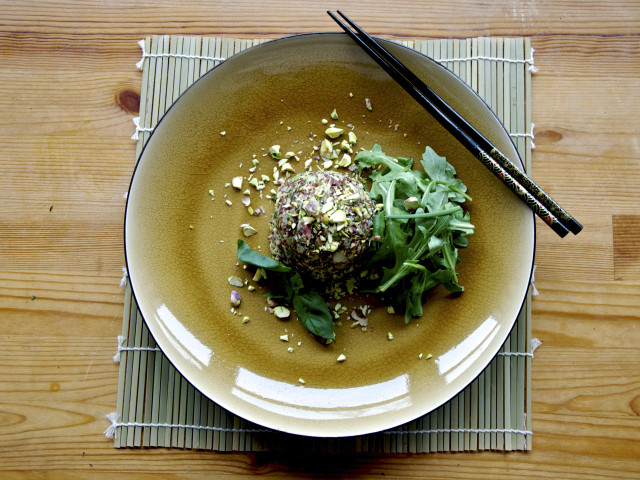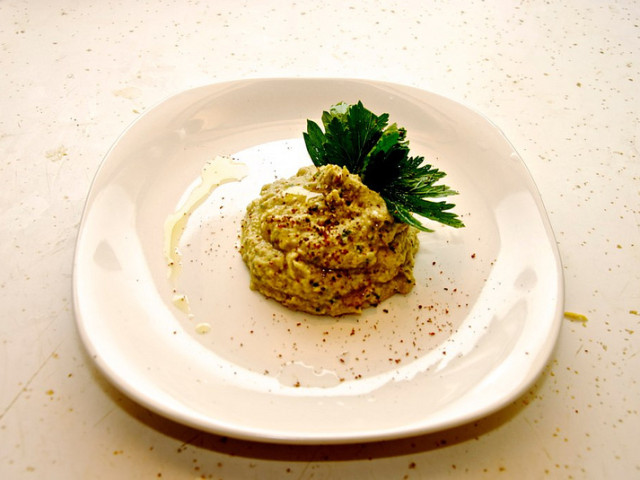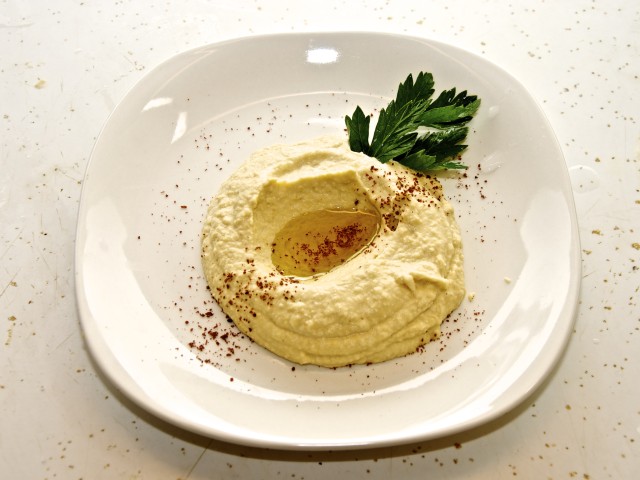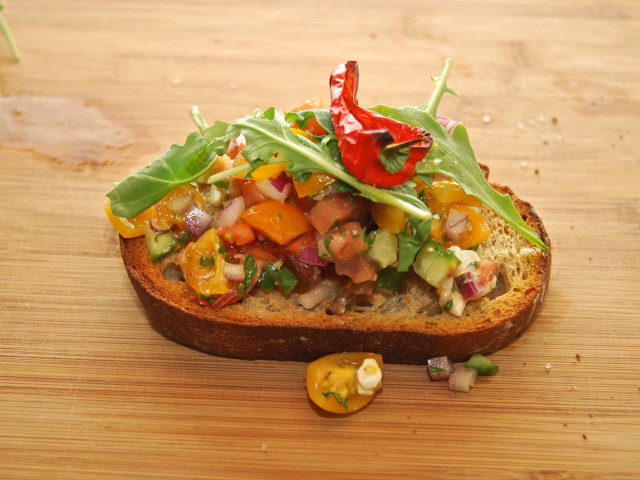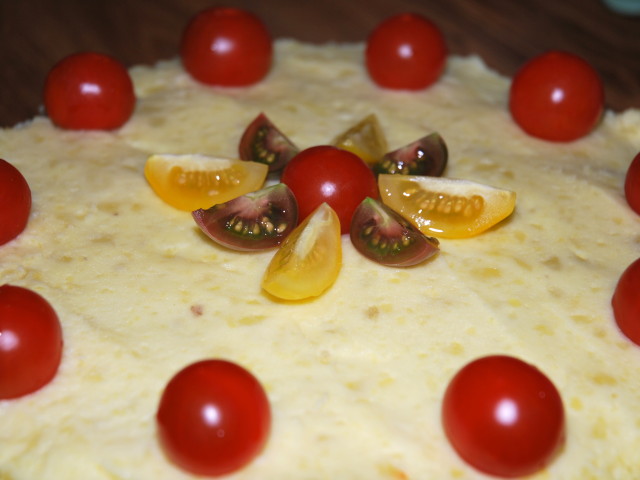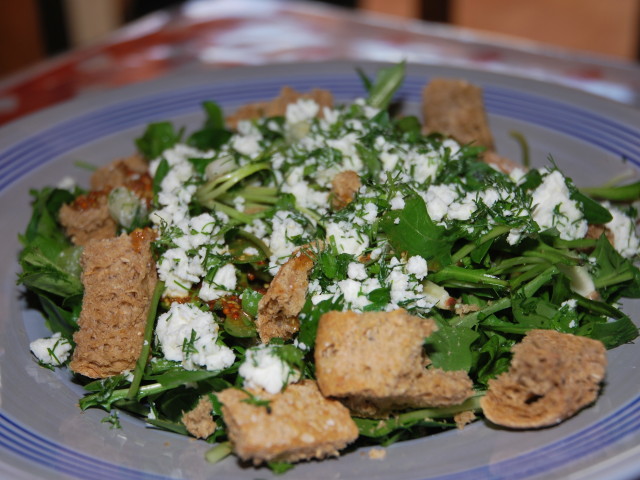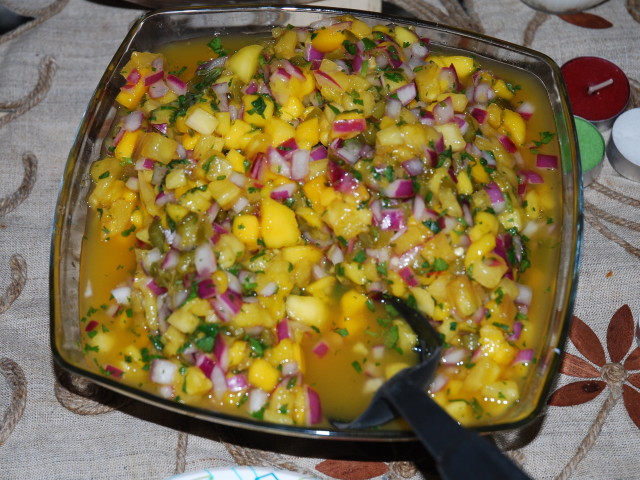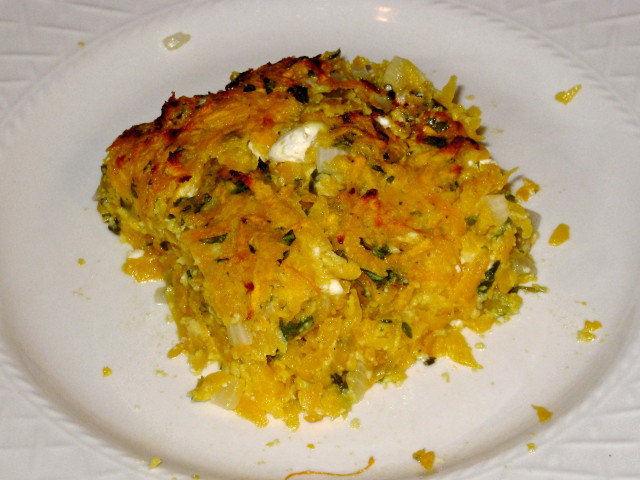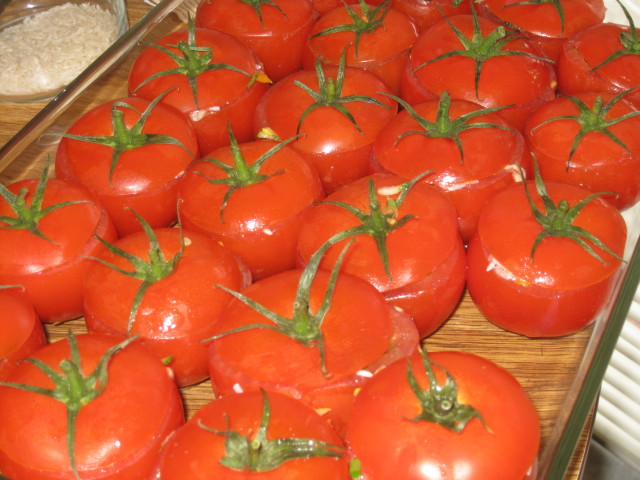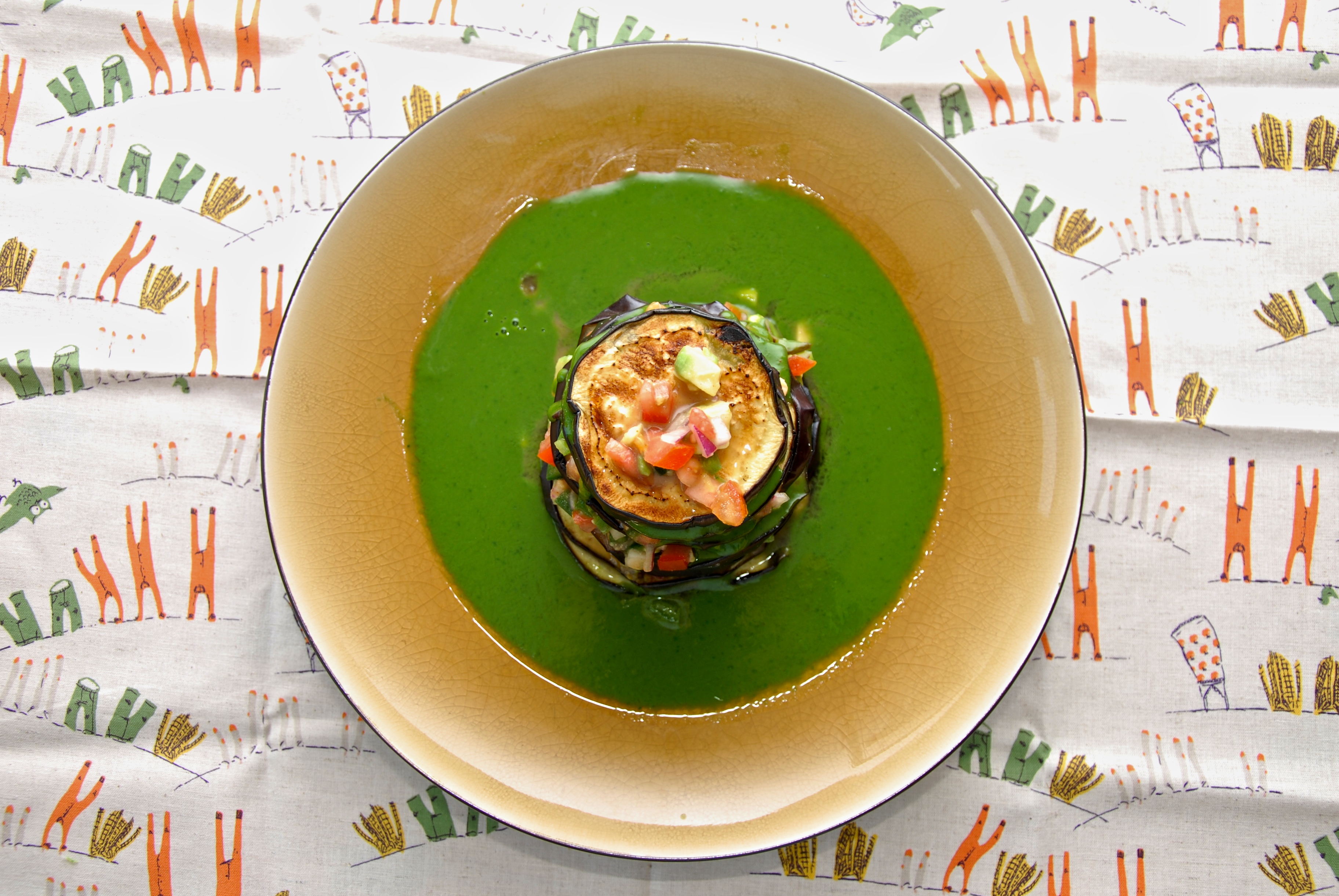
The summer is almost over (with 2 weeks left to it), but the summer food does not have to go. Summer comes with all these fresh veggies at their peak of ripeness giving us endless possibilities for creative cooking, that does not have to be confined in the salad making. In this recipe I am making a dish that is largely inspired by a Raw Food class I recently attended in New York City. The class is regularly offered in California by Gisselle Gordon, but if you are lucky you might catch Gisselle in one of her trips. My views on Raw Food as a diet perspective are outlined in the previous posts, but regardless the fact that I largely disagree with the claims, I cannot overlook the taste aspects of it especially what it comes loaded with fresh ingredients in a way you have never seen before. This is actually a great way to few all these diets, focus on the taste and the appearance of the food, don't dismiss them just because you don't agree with their claims. It is called being open-minded, and in the culinary world it can take you very very far.
Read More

